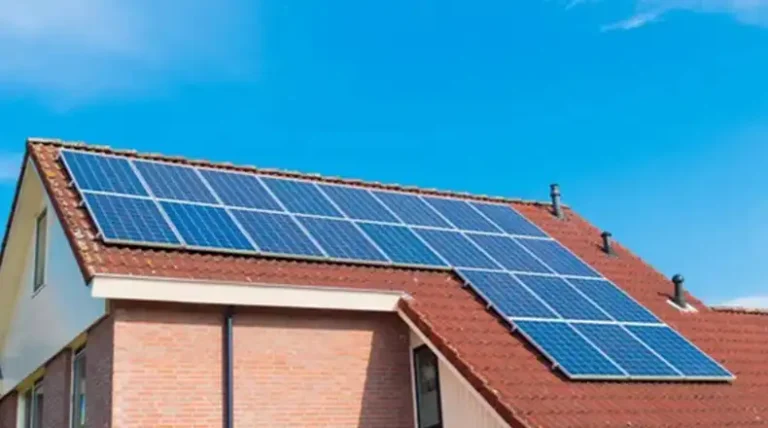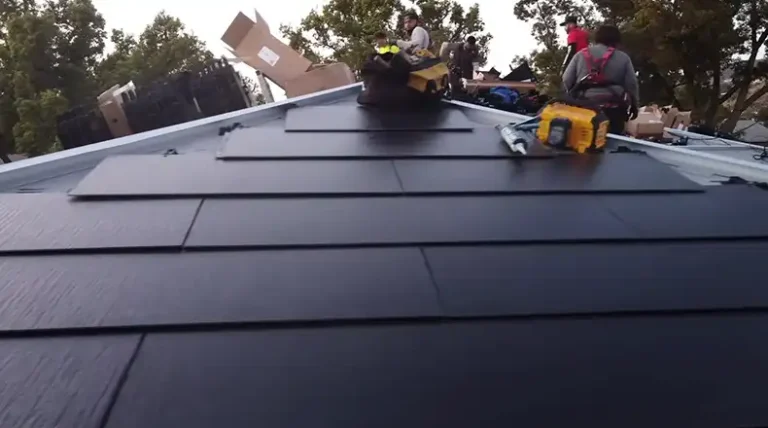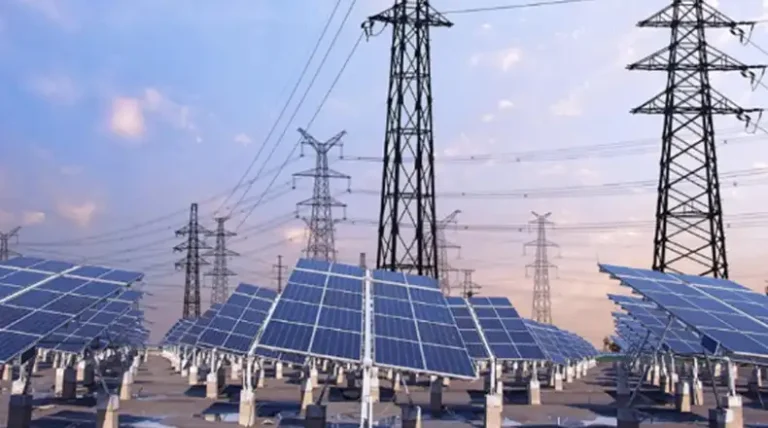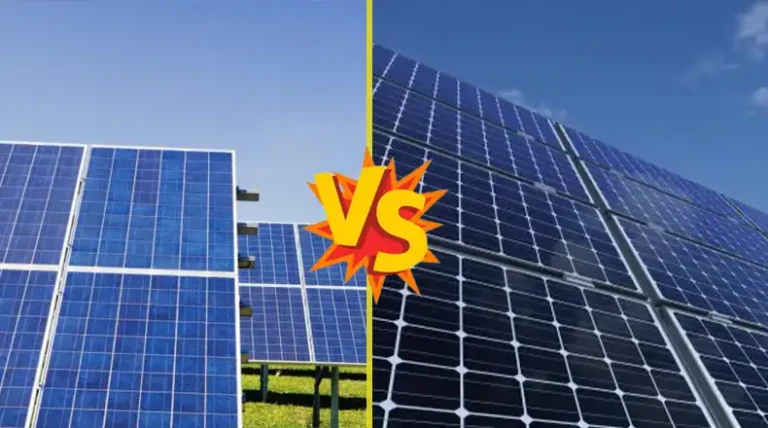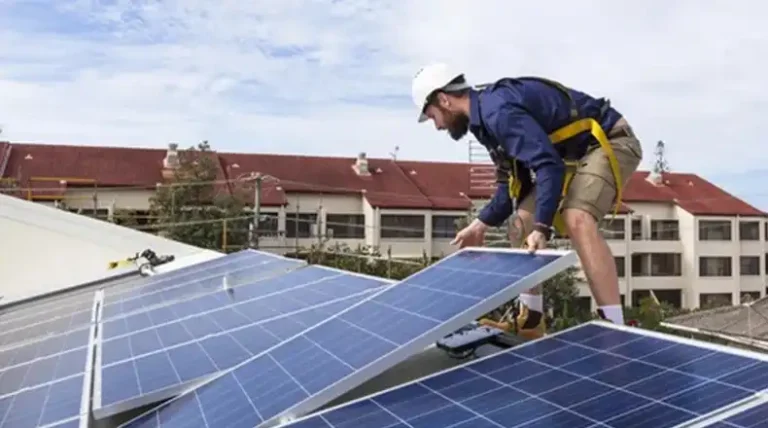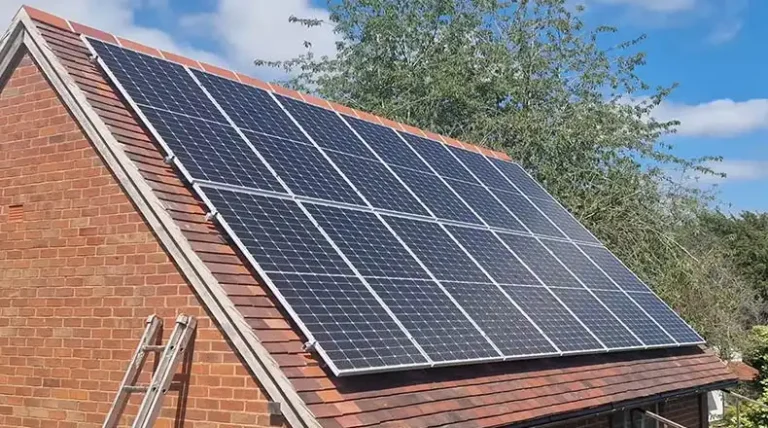How Far Can Solar Panels Be from an Inverter? What You Should Maintain
Solar panels are a great way to generate clean, renewable energy for your home or business. Sometimes, people need to place the inverter quite far away from the inverter. If you are one of them and wondering what will be the ideal distance then this article can be of help. Basically, it’s suggested to keep the distance at most 100ft, however, the distance can vary.
In this article, I will discuss the ideal distance between solar panels and an inverter, the consequences of exceeding this distance, and what to do if you need to install your solar panels further away from your inverter.
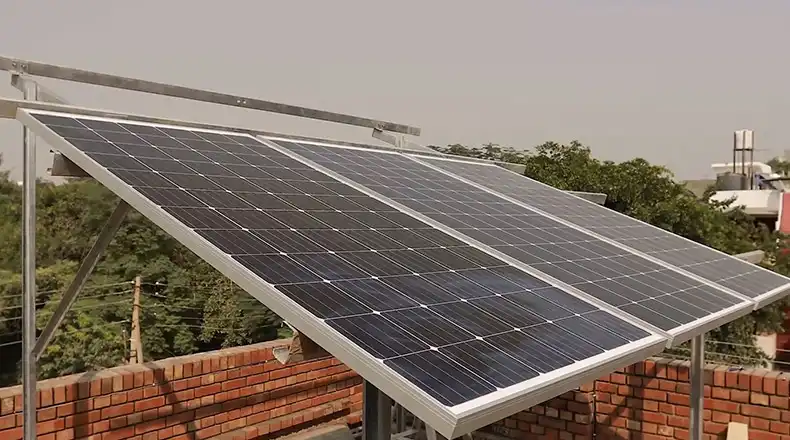
What Should be the Ideal Distance between Solar Panels and an Inverter?
The ideal distance between your solar panels and the inverter is typically not a one-size-fits-all answer, but there are some general guidelines to follow. In most cases, it’s recommended to keep the distance under 100 feet (30 meters). But ideally, it’s best to keep the distance between 20 to 50 feet.
Why? Well, it’s all about efficiency. The longer the distance, the more energy can be lost due to cable resistance. By keeping your solar panels within this range, you ensure that the power generated is efficiently transmitted to the inverter.
What Will Happen If You Cross the Standard Distance?
If you install your solar panels further than 50 feet from your inverter, you will experience a voltage drop. According to the experts, when you go beyond 50 feet, you will have a voltage drop of around 3%. For below 50 feet, the amount is around 2%.
The amount of voltage drop will depend on the distance between the solar panels and the inverter, as well as the size and type of wire that you use.
If the voltage drop is too high, it can have the following consequences:
Reduced power production
Reduced power production is the most common consequence of voltage drop in solar systems. Voltage drop occurs when electricity travels through a wire, and it is caused by the resistance of the wire. The longer the distance that the electricity has to travel, the greater the voltage drop.
Voltage drop can reduce power production because it reduces the amount of voltage that is available to the solar panels. Solar panels need a certain amount of voltage to operate at their peak efficiency. If the voltage is too low, the solar panels will not produce as much power as they could.
Damage to the inverter
The inverter is the device that converts the DC electricity from the solar panels into AC electricity that can be used by your home. The inverter is also responsible for regulating the voltage of the electricity.
If the voltage drop is too high, it can damage the inverter. This is because the inverter has to work harder to convert the low-voltage DC electricity from the solar panels into high-voltage AC electricity.
Inverter shutdown
Inverter shutdown is a safety feature that protects the inverter from damage. If the voltage drop is too high, the inverter will shut down to prevent itself from being damaged.
Inverter shutdown can be a problem because it means that your solar system will not produce any electricity while the inverter is shut down. This is especially a problem if you are relying on solar power to power your home during a power outage.
What Should Be Done If You Need to Cross the Standard Distance Limit?
Sometimes, practical constraints like the layout of your property might force you to exceed the recommended distance. In such cases, you have a few solutions at your disposal.
- Use the largest wire size that you can afford. The larger the wire size, the lower the resistance and the lower the voltage drop.
- Keep the distance between the solar panels and the inverter as short as possible. The longer the distance, the greater the voltage drop.
- Use a DC optimizer. A DC optimizer is a device that boosts the voltage of the DC electricity coming from the solar panels. This can help to reduce voltage drop, especially in systems with long cable runs.
- Install multiple inverters. If you need to install your solar panels a long distance from your home, you may want to consider installing multiple inverters. This will reduce the distance that the DC electricity has to travel before it is converted to AC electricity.
Final Thoughts
In conclusion, when it comes to the placement of your solar panels and inverter, distance matters. Ideally, keeping your panels within 100 feet of the inverter is the way to go to ensure maximum efficiency. However, if you need to exceed this distance, there are solutions available to minimize energy loss. It’s essential to strike a balance between practicality and efficiency when setting up your solar energy system.
So, whether you’re a solar enthusiast looking to maximize your system’s potential or a homeowner considering the switch to renewable energy, understanding the relationship between solar panels and inverters is crucial. By making informed decisions, you can harness the full power of the sun to save both the environment and your wallet.

